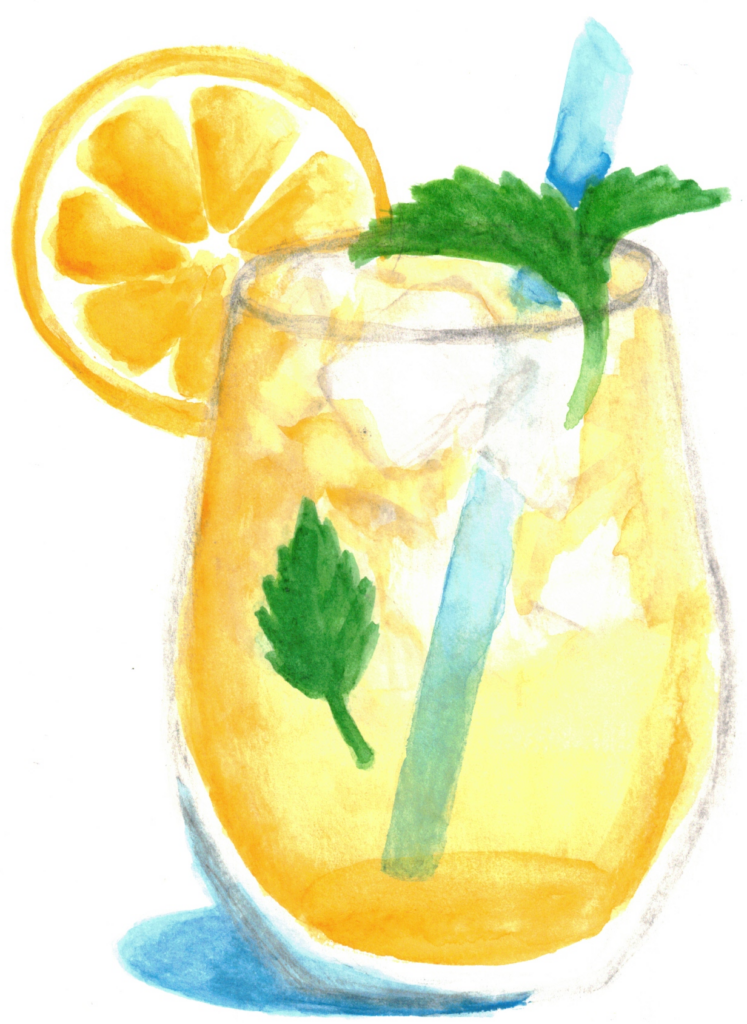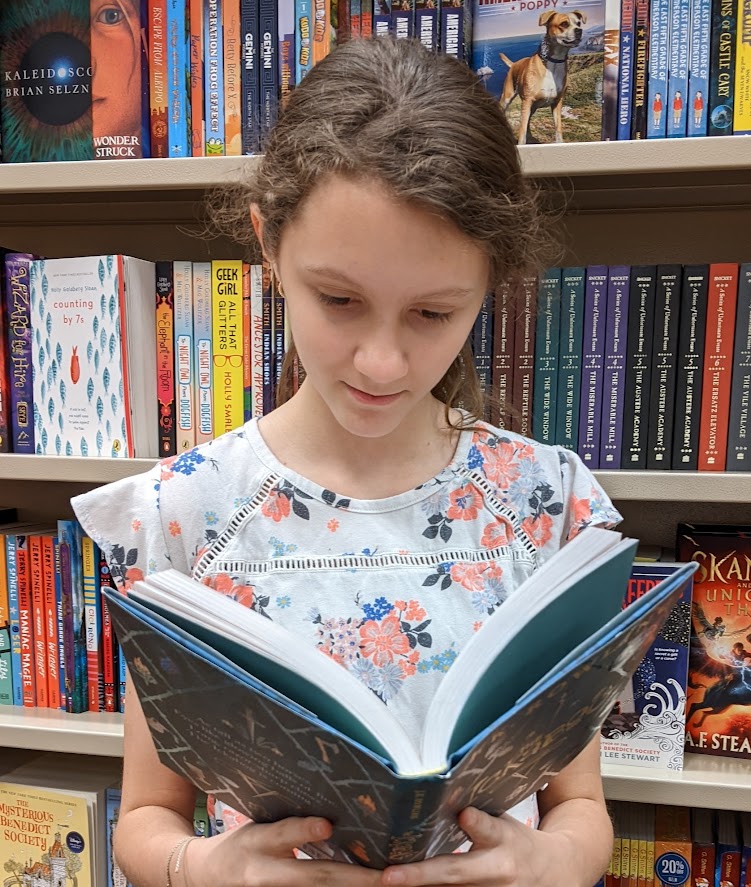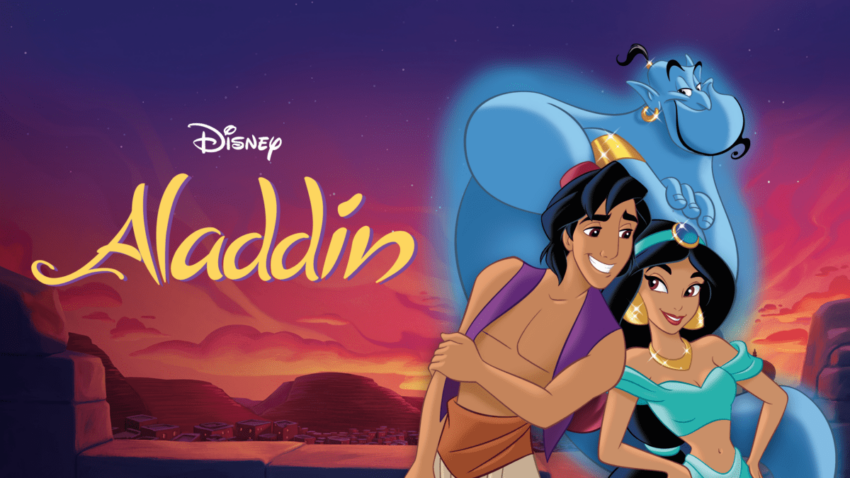One of the best ways to make your character relatable is to give them flaws. They make your characters seem more human and give them something to change by the end of the story. Without them, it is impossible to make drastic character arcs (which Mara talked about last week) and difficult to make your characters seem human.
But how can you make your readers love your that severely flawed character? What can do you do to write an engaging character when your protagonist is just plain awful in the beginning, even if they are going to be completely changed by the end? How can you make sure your reader still cares about your main character’s journey even though they start out hated, at least to a certain extent?
A man named Blake Snyder created the term “Save the Cat” to answer all these questions. If you’ve looked into plot structure, you may have come across this method of writing before. Today, we’ll look at Aladdin to see what a Save the Cat Moment is, why it’s important to your story, and how it can add an extra level of relatability to your intentionally-hated characters.
Aladdin
Aladdin is a young man living on the streets of the fictional city of Agrabah, only barely surviving off of the food he steals. Despite being a beggar, however, Aladdin is confident. He swaggers through the streets and knows them all like the back of his hand.
The first five minutes of the movie establish that almost everyone despises Aladdin. He’s a peasant and a clever, cocky one too. Everyone, especially the authorities, calls him a ‘street rat.’ In the first scene you see him in, Aladdin steals a loaf of bread — but the police catch him in the act. After a fast-paced chase scene, Aladdin finally shakes them off his tail and settles down to eat his bread.
But just as he’s about to take his first bite, he sees a couple of starving children watching him from the alley. He sighs. Then he stands up and gives them what might’ve been his only meal for the day.
Shortly after, Aladdin goes into the public street just as a wealthy noble parades into the city. The two kids from before run from the alley, into the street, and are almost trampled by the noble’s horse. Enraged, the man lifts a whip to beat them, but, just in time, Aladdin steps between them and protects the kids once again.
In return, he gets shoved into a puddle and called worthless. Now, not only is Aladdin still hungry, but he is also covered in mud. Even though none of this comes to ultimately matter to the plot, these moments are still incredibly important.
Save the Cat
It is established early on that no one likes Aladdin. Upon first impression, he doesn’t have a lot of great qualities. He’s a thief after all, and doesn’t seem to care about anyone but himself. However, because of his Save The Cat moment, the audience is able to connect with him and care about his journey throughout the rest of the story.
A Save the Cat moment gives your character an opportunity to reveal a hint of goodness in them early on, despite their outward impression being bad. The classic example of this is when a dislikeable character saves a cat from a tree. Aladdin had no connection to the children he helped (twice!) and they didn’t do anything to benefit him. Aladdin, by providing food and safety for those kids, proved to the audience that he isn’t your typical thief. And if you give your protagonist an opportunity like this, your audience will see a light in your characters that they may not have seen before.
A couple of weeks ago, Mara talked about character choices, and how just one choice can reveal a character’s flaws, misbeliefs, and perspective. A Save the Cat moment is a similar concept, but instead of highlighting your character’s flaws, it reveals a capacity for goodness your readers might not be able to see otherwise. If you have a character that is nasty, annoying, or just plain unloveable, even if they’re going to completely change by the end of the story, having them do a small, unselfish thing in the beginning will give the reader a reason to stick around regardless. Save the Cat moments generate a feeling of interest in the reader and have them looking for more of that goodness to come out again.
Save the Cat moments can do something else for your story as well. Perhaps, like Aladdin, your character isn’t really all that bad, but all the other characters see them that way. If your main character has a rough reputation, adding a small Save the Cat moment can not only generate interest but also foreshadow the goodness that will be brought out in the end. Think of it as a small promise to your reader that this character, although they may be rough, is going to change.
Although this technique is especially important for incredibly-flawed characters, it can work with other characters as well. Any character can Save a Cat and generate interest in your reader right away. And your audience will see that your main character, like Aladdin, isn’t just some street rat, but really a person with the potential to change. And that potential will generate the momentum that pushes your protagonist’s arc — and the entire story — forward to its promised end.



Let us know in the comments:
Have you noticed the Save the Cat Moment before? Have you ever used it in your own writing?


Hello, I’m Sophia! I’m a child of God and I (if you couldn’t tell already) love to write! I’m also a total theater kid and strong dessert (specifically cupcake) enthusiast. For as long as I can remember, I’ve enjoyed both reading and making my own stories. I’m so glad I get to share with you what I’ve learned from some of my favorite (or sometimes least favorite) stories on this blog.

